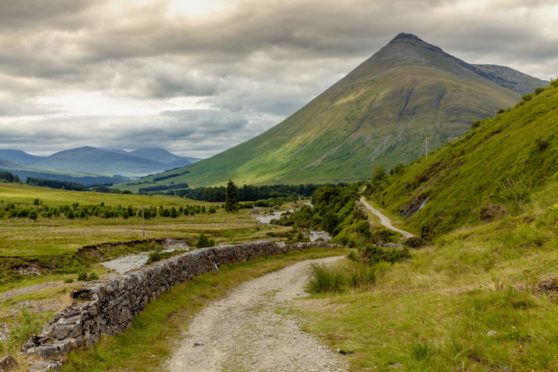Following this afternoon’s announcement of each local authorities Covid-19 restriction level, we’ve taken a look at the reason behind that decision for the Highlands, Islands and Moray.
When determining the level one rating for Highlands, consideration was given to the largely rural nature of the region, with recent cases classed as “effectively managed”, rather than evidence of sustained community transmission.
The document which sets out the reasoning revealed Highland may be moved to level zero, however it was determined some level of restriction is needed.
Based on the five key indicators, and the regions’ 18 cases per 100,000 and positivity rate of 1.34% it was determined the area has a low level of virus transmission, which is expected to continue for the coming period.
For Moray, the number of cases per 100, 000 and positivity rate is very similar to that of Highland. The document explains that due to a “recent steadying and lowering of case numbers” level one was “sufficient” to allow that to continue improving.
The distinctive circumstances both Orkney and Shetland are in was cited as a reason for considering these areas for level zero. However, due to a rate of 22 per 100,000 and a positive of 1.92% in Orkney, it was determined restrictions are needed to suppress the virus.
In Shetland the rate is 13 per 100,000 and positive it just 0.7%, because of this, like Highland, this area may be moved to level zero in the future.
However, even though the risk is low, there is still a chance of community transmission. Maintained vigilance on both air and ferry travel remains important.
Like Orkney and Shetland, the landscape of the Western Isles was also a factor in discussions around placing this area in level zero.
However, due to the fact there have been cases in the area, albeit “effectively managed” outbreaks, the current rate of 22 per 100,000 and positivity of 1.06%, meaning it was judged some level of restrictions were required.
The document goes on to add there “may be a case at some point to consider whether the Western isles should be allocated to level zero”.
